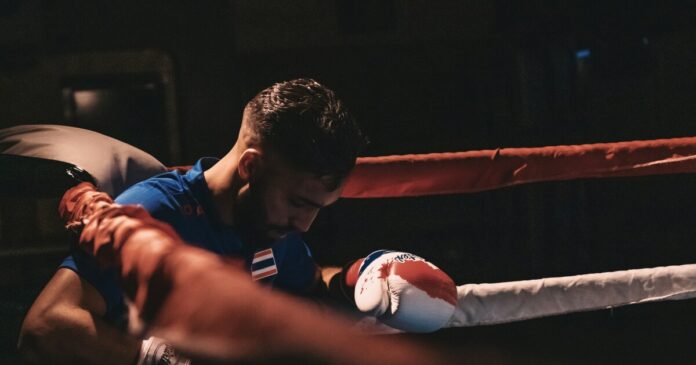We’ve all experienced defeat at some point – losing a game, a potential new job, a debate. Now, a new study has found that the brain may learn from losing to others, with a specific group of neurons tied to defeat that then changes our future behavior.
Researchers from Japan’s Okinawa Institute of Science and Technology (OIST) wanted to see just what was happening in the brains of individuals establishing a social hierarchy, to see if placement on that ladder was more than just down to size and aggression. They looked at male mice, animals known to form social hierarchies through one-on-one battles, with winners and losers accepting their respective positions on that dominance ladder. While the study focused on mice, the findings could shed light on human interactions and the neuronal pathways that affect our behavior.
“You may think that being dominant in the animal kingdom is all about physical attributes, like size,” said Professor Jeffery Wickens, head of the Neurobiology Research Unit at OIST and co-author on this study. “But interestingly, we’ve found that it seems to be a choice, based on previous experience.
“The brain circuitry involved in these decisions is well conserved between mice and humans, so there are likely useful parallels to be drawn,” he added.
To explore how dominance and social rank form, the researchers used a standard tube test, where two animals enter opposite ends of a narrow tube and after facing off, the more dominant one forces the other to retreat backward. By repeating these standoffs over several days, the scientists established clear social hierarchies within each cage, identifying which mice consistently won or lost. Next, they rearranged the animals, pairing dominant mice from different cages against one another, and subordinate mice against others of equal standing. These new encounters reshaped the pecking order – after the contests, some previously dominant mice dropped in rank while others rose, depending on whether they won or lost. When the mice were returned to their home cages, their social standings had shifted accordingly – demonstrating a behavioral pattern known as the “winner” and “loser” effects.
“This is due to the winner and loser effects,” explained lead author Mao-Ting Hsu. “Those with experience of winning become more dominant in future competitions, and those who lose become less dominant. In this study, we found that the ‘loser effect’ can be attributed to the activity of certain brain cells, called cholinergic interneurons.”
Mao-Ting Hsu
By tracking brain activity, the team found that the “loser effect” relied on a specific group of interneurons in the dorsomedial striatum (DMS), a component of the basal ganglia. These cholinergic interneurons are already known to play a key role in behavioral flexibility and adaptation. When the researchers silenced them, “loser” mice no longer accepted their subordinate position in later encounters – but winning still reinforced dominance. Essentially, different brain circuits were driving the consequences of winning and losing, with the loser effect stemming from decision-making pathways rather than reward systems.
So what does that mean for humans? Obviously, our social interactions are far more dynamic and nuanced, but given that these brain cells are conserved across species, the researchers suggest a similar “loser effect” could be at play in our heads too – though it would be much harder to isolate and study.
“Human social dynamics are obviously far more complex,” said Hsu. “The boss in one household might be at the bottom of the social ranking at work, and dominance behavior will change depending on the situation.
“There is little evidence of the brain circuitry involved in these kinds of flexible social behaviors in humans,” he added. “However, the similarities in brain structure between mice and humans mean these types of studies might help us unlock future insights into human social dynamics.”
The study was published in the journal iScience.
Source: Okinawa Institute of Science and Technology via EurekAlert!


